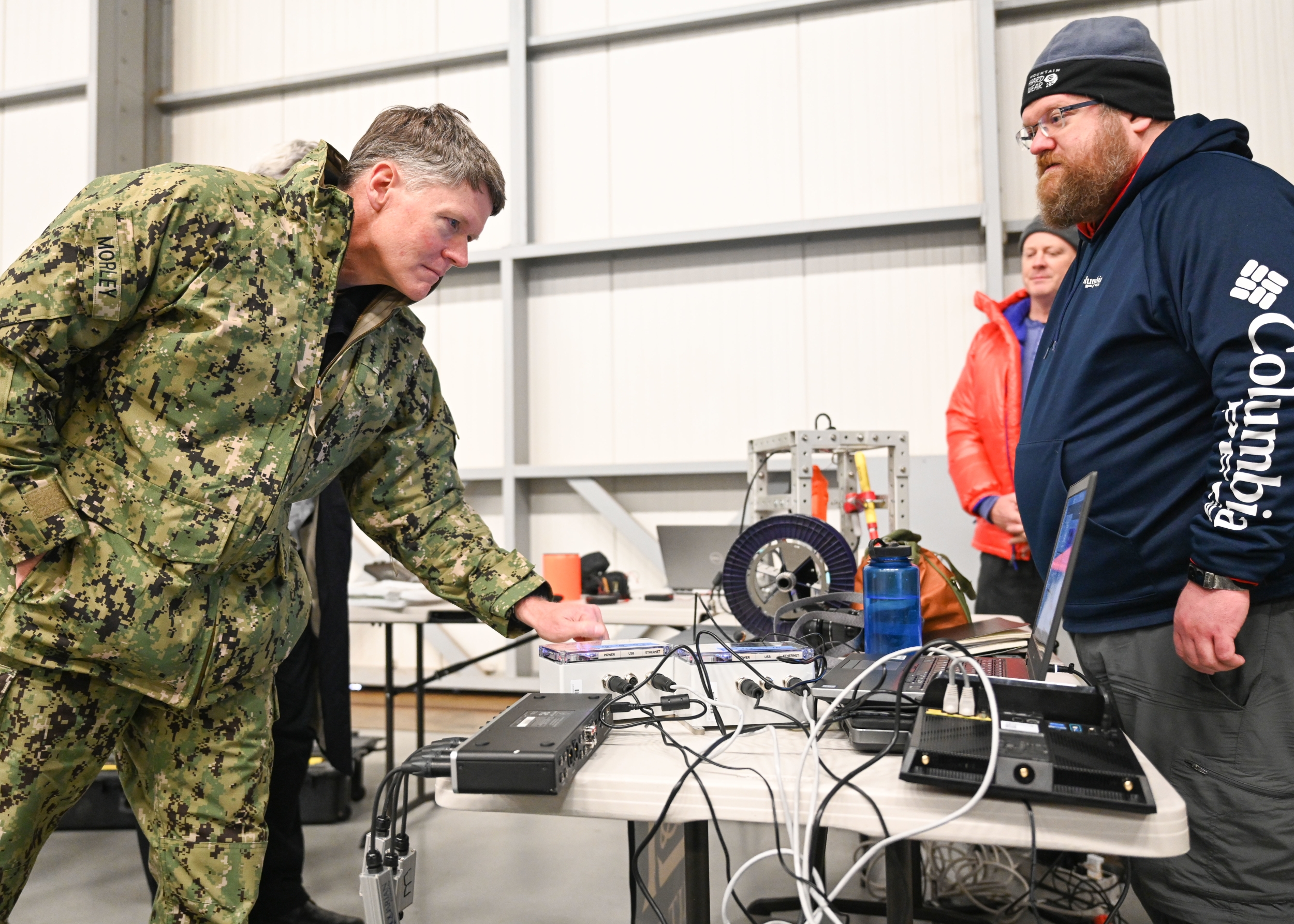Navy Supports Scientific Research at ICEX 2022

The ice chunks drifting on Arctic waters are inhospitable and, for most people, inaccessible. As a result, gathering accurate information about the environment in this harsh – but important – region of the world is challenging for researchers.
Lt. Seth Koenig, Commander, Submarine Force Atlantic Public Affairs, writes about the recent U.S. Navy Ice Exercise (ICEX) 2022, which brought MIT Lincoln Laboratory researchers to the Arctic to collect data on ice conditions.
"ICEX provides a unique opportunity to conduct scientific research in the Arctic," said Benjamin Evans, a scientist with MIT Lincoln Laboratory's Advanced Undersea Systems and Technology Group.